Antoni Gaudi
5.0(2)
5.0(2)
Card Sorting
1/40
Earn XP
Study Analytics
Name | Mastery | Learn | Test | Matching | Spaced |
|---|
No study sessions yet.
41 Terms
1
New cards
TOMORROW WE WILL DO BEAUTIFUL THINGS.
Antoni Gaudi; quote on tomorrow
2
New cards
Antoni Gaudí i Cornet
Antoni Gaudi’s name in Catalan
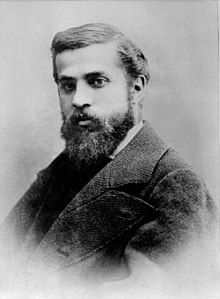
3
New cards
Antonio Gaudí y Cornet
Antoni Gaudi’s name in Spanish

4
New cards
Catalan Architect
Antoni Gaudi was a _______
5
New cards
June 25, 1852 - Reus, Catalonia, Spain
Born on…
6
New cards
June 10, 1926 - Barcelona, Catalonia, Spain
Perished on…
7
New cards
freedom of form, voluptuous color and texture, and organic unity
Antoni Gaudi’s distinctive style is characterized by __________.
8
New cards
Art Nouveau and modernism
He remains a pioneering figure of _________, or Catalan Modernism.
9
New cards
intricate structures; Barcelona
Gaudí is best known for his _________ throughout __________, with the storied Basílica de la Sagrada Família having become one of the most popular tourist destinations in Europe in the last century.
10
New cards
Catalonia
Born: provincial _________ on the Mediterranean coast of Spain
11
New cards
coppersmith
Son of a _________ who was to live with him in later life, together with a niece.
12
New cards
1869/70; 1878
Went in ___ ______ to study in Barcelona, graduated in ______.
13
New cards
married
Gaudí was never _________.
14
New cards
military service and other intermittent activities.
He did not graduate until eight years later, his studies having been interrupted by __________
15
New cards
trolley car
Gaudí was struck down by a ______, and he died from the injuries just a few weeks shy of his 74th birthday.
16
New cards
Provincial School of Architecture in Barcelona; florid Victorianism
_____________ (1878), practiced _________, later on developed manner of composing by means of unprecedented juxtapositions of geometric masses.
17
New cards
Moorish or Mudéjar,
The general effect, although not the details, is __________ as Spain’s special mixture of Muslim and Christian design is called.
18
New cards
dynamic possibilities of historic styles
Next, Gaudí experimented with the ______________: the Gothic in the Episcopal Palace, Astorga (1887–93), and the Casa de los Botines, León (1892–94); and the Baroque in the Casa Calvet at Barcelona (1898–1904).
19
New cards
conventional stylistic nomenclature
But after 1902 his designs elude _____________. Except for certain overt symbols of nature or religion, Gaudí’s buildings became essentially representations of their structure and materials.
20
New cards
equilibrated
a structure designed to stand on its own without internal bracing, external buttressing
21
New cards
RENAIXENSA
artistic revival of the arts and crafts combined with a political revival in the form of fervent anti-Castilian “Catalanism.”
22
New cards
Sagrada Família
The religious symbol of the Renaixensa in Barcelona was the ________, a project that was to occupy Gaudí throughout his entire career.
23
New cards
Castilian-dominated and Madrid-centered
Both movements sought to reinvigorate the way of life in Catalonia that had long been suppressed by the ____________ government in Spain.
24
New cards
KINGDOM OF PORTUGAL(PORTUGAL),
KINGDOM OF NAVARRE,
KINGDOM OF GRANADA,
KINGDOM OF ARAGON(CATALONIA)
CASTILE Y LEON (CASTLE & LION, NOW IS SPAIN)
KINGDOM OF NAVARRE,
KINGDOM OF GRANADA,
KINGDOM OF ARAGON(CATALONIA)
CASTILE Y LEON (CASTLE & LION, NOW IS SPAIN)
5 KINGDOMS IN THE IBERIAN PENINSULA
25
New cards
married
relationship of Isabela (Spain) and Fernando (Catalonia)
26
New cards
high fever and droupsy
Isabela died due to _______.
27
New cards
Catalonia; RENAIXENSA
_________’s culture, arts, and tradition is slowly fading that's why different movement like _______was created to revive it's significance.
28
New cards
CASA VICENS
In 1883, Manel Vicens i Montaner. It is his first masterpiece and one of the first buildings to kick off the Modernisme movement in Catalonia and Europe. It is the work of architect Antoni Gaudí and is considered to be his first major project.
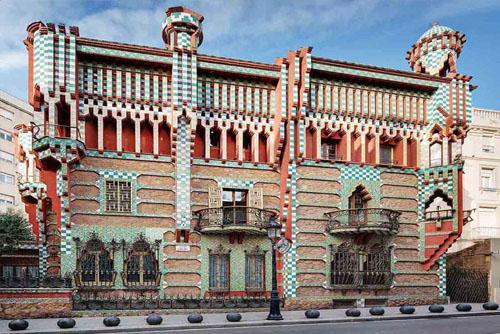
29
New cards
PARK GUELL
is a privatized park system composed of gardens and architectural elements located on Carmel Hill, in Barcelona, Catalonia, Spain. With urbanization in mind, Eusebi Güell assigned the design of the park to Antoni Gaudí.
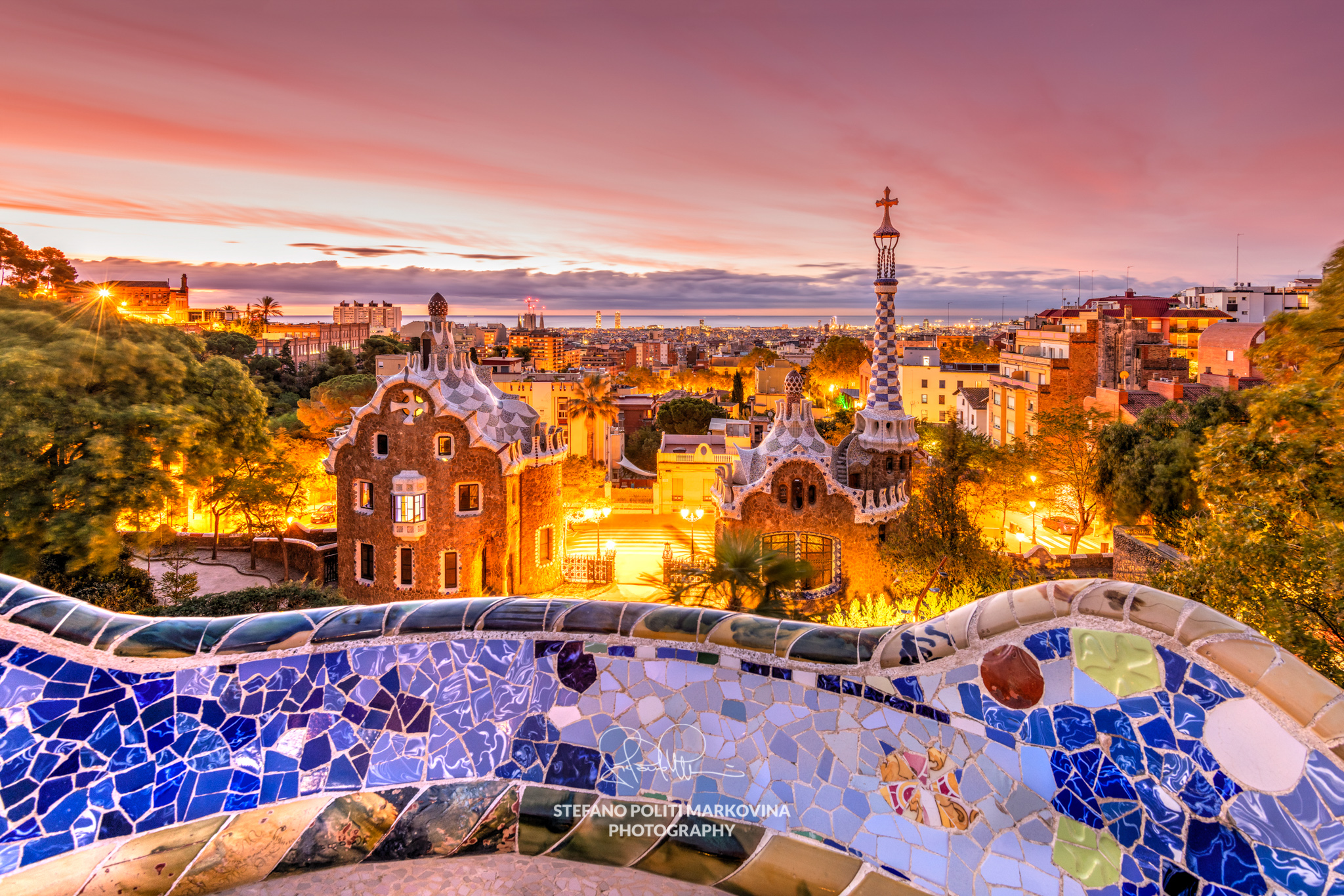
30
New cards
CASA BATTLO
local name for the building is Casa dels ossos (House of Bones. It is located on the Passeig de Gràcia in the Eixample district. Casa Batlló is only identifiable as Modernisme or Art Nouveau in the broadest sense.
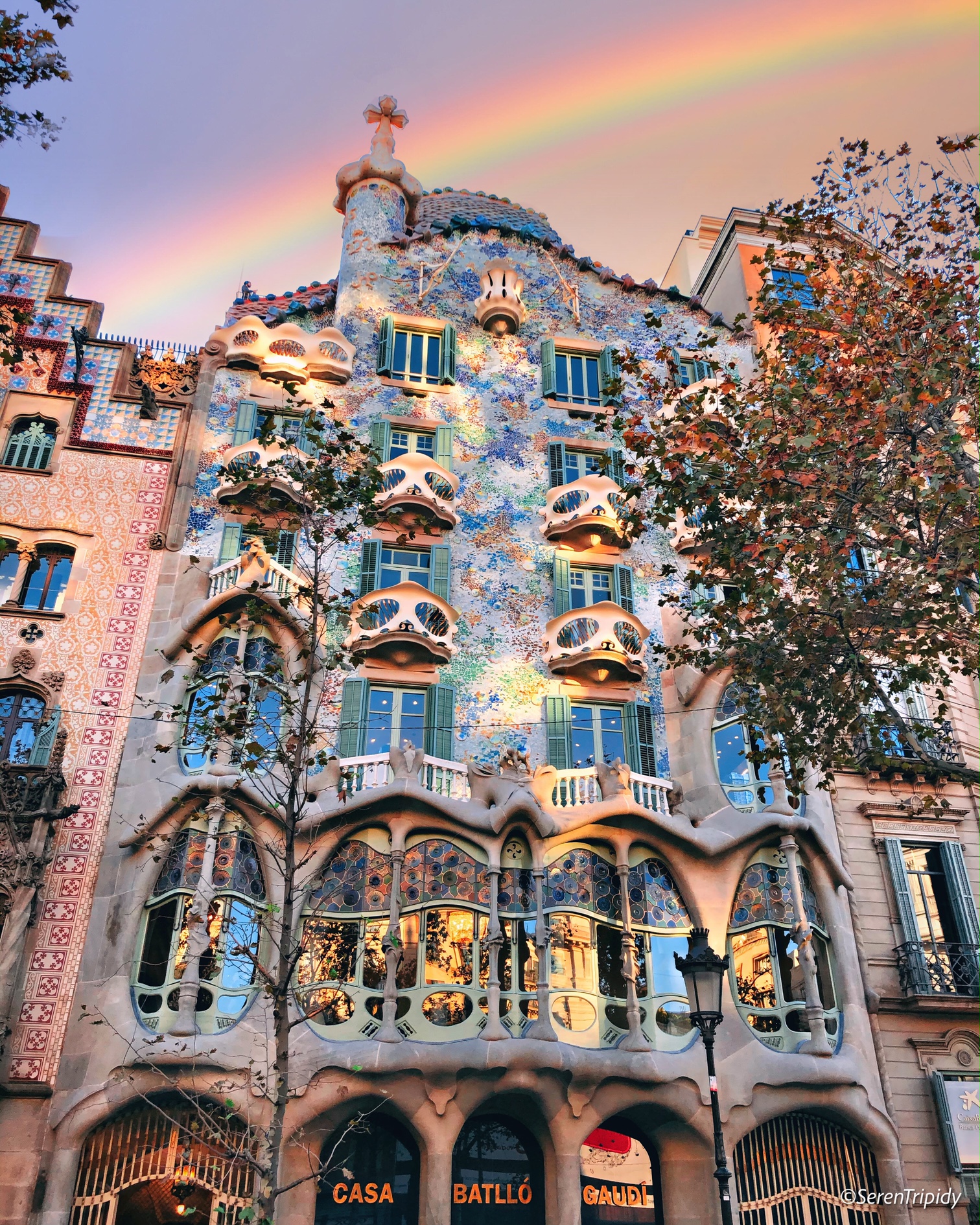
31
New cards
EPISCOPAL PALACE OF ASTORGA
built between 1889 and 1913. Designed in the Catalan Modernisme style, it is one of only three buildings by Gaudí outside Catalonia. When the original Episcopal Palace was destroyed by a fire in the 19th century, Bishop Juan Bautista Grau y Vallespinos of the Roman Catholic Diocese of Astorga decided to assign the design of the new building to his friend Antoni Gaudí.
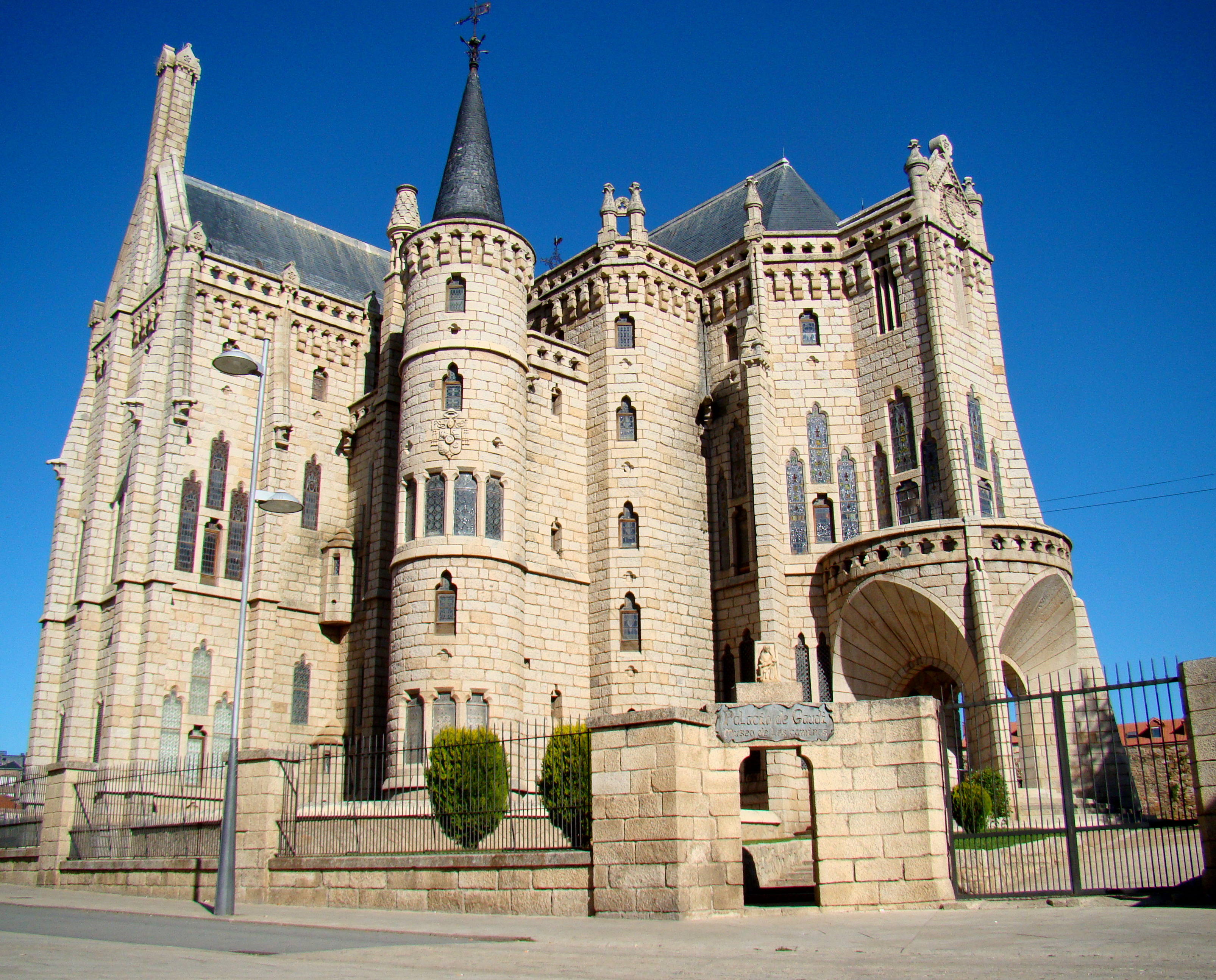
32
New cards
LA SAGRADA DE FAMILIA
is an unfinished church in the Eixample district of Barcelona, Catalonia, Spain. It is the largest unfinished Catholic church in the world. Designed by the Catalan architect Antoni Gaudí
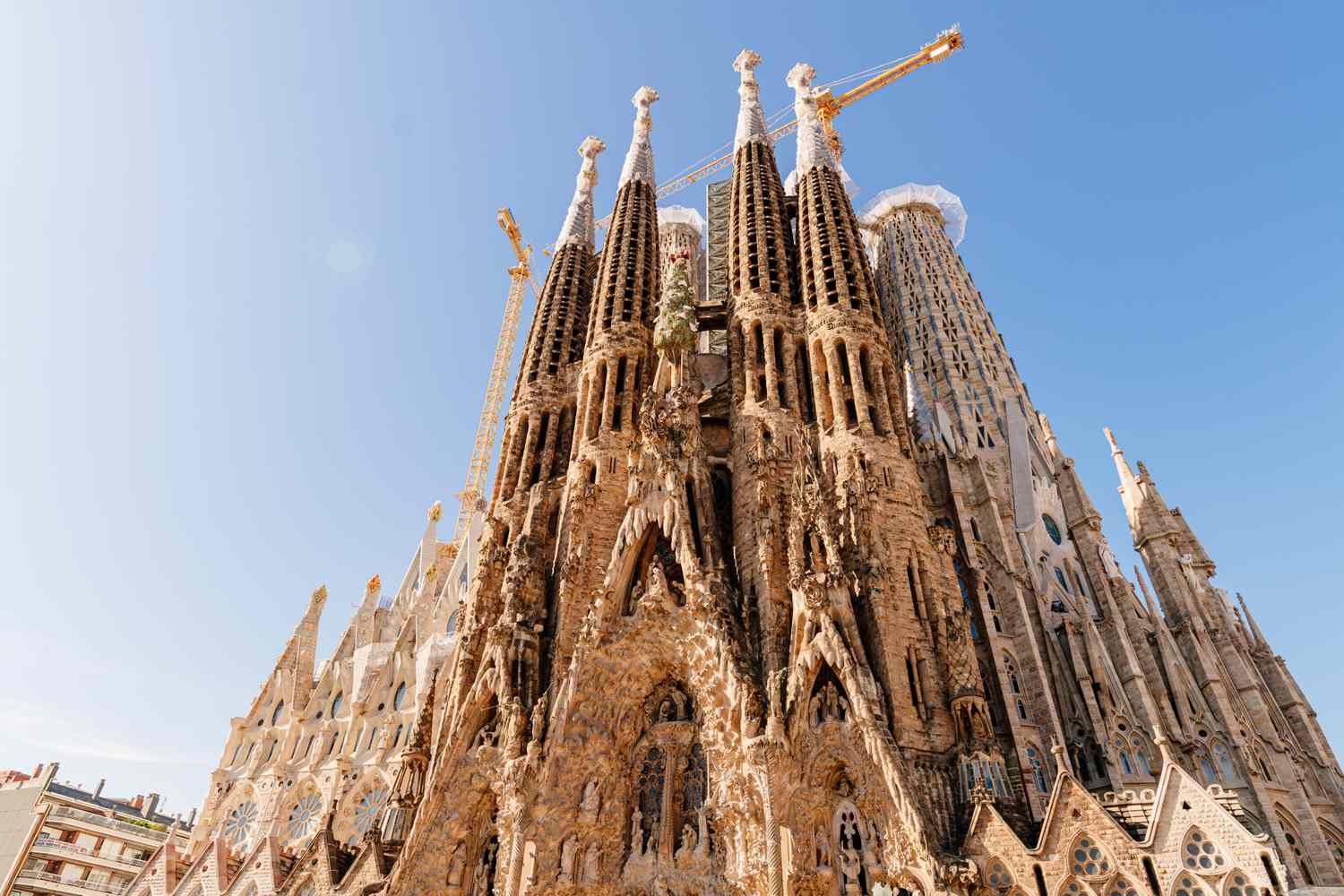
33
New cards
MARCH 19, 1882
La Sagrada Familia started on…
34
New cards
2026
ESTIMATED DATE OF COMPLETION
35
New cards
15 - 25 %
_______ of the church was completed when Gaudi died.
36
New cards
12; 4; 4
__*_*__ towers, representing some notable apostles of Jesus Christ ______ of them are dedicated to ___ Evangelists (Matthew, Mark, Luke and John)
37
New cards
Virgin Mary
The very north one of these 6 central towers is slightly shorter than 4 towers of evangelists but much more sturdy, representing _______.
38
New cards
Highest Tower and spire
_______ represents God.
39
New cards
God
"My client is not in a hurry", means his client is ______.
40
New cards
inside
Gaudi's tomb is ______ La Sagrada De Familia.
41
New cards
most tallest church
It will be the world's ______ building when finished.